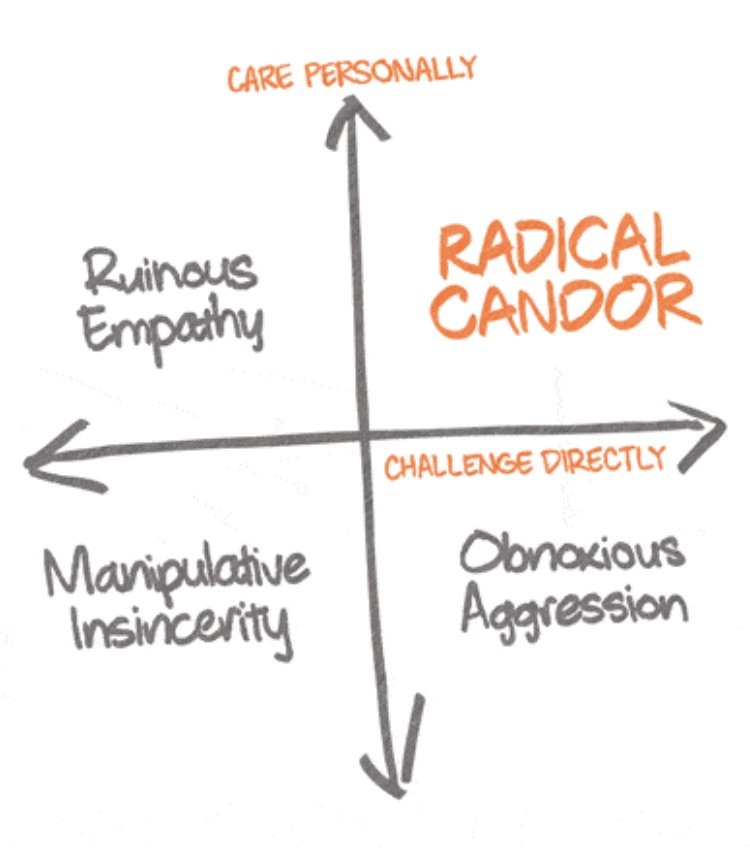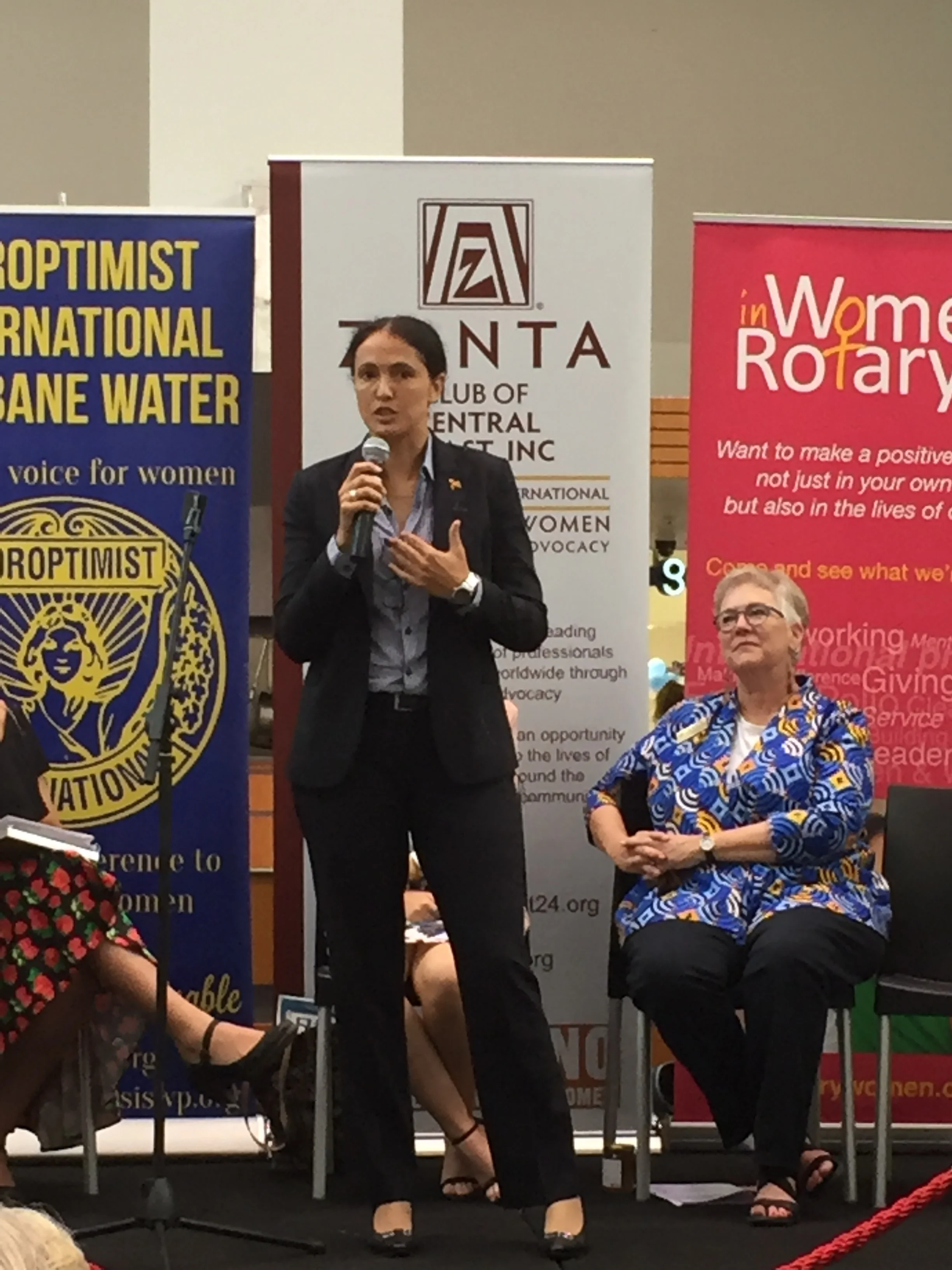A common concern I uncover when talking to CEOs and their senior managers is they’re not entirely sure how to speak with and about Aboriginal people. They’ll say, “We use the term Indigenous, that’s right, isn’t it?”
No one wants to get it wrong, or indeed feel even a little unsure about what to say, lest they cause offence. As Oscar Wilde once said, “A gentleman is one who never hurts anyone's feelings unintentionally.” So, if your intention is to be inoffensive, or indeed, build strong relationships with Aboriginal people and our communities, the language you use is important. Your senior managers, and the whole organisation will take their lead from you. So, which term you choose will set the tone.
Language is one of the first projects my clients implement when they start the Respectful Workplaces program. Once we have the chosen the most appropriate language for their organisation, context and goals, we can move on to having the necessary conversations to make a difference.
Let’s consider which terms are acceptable, and which may be best in your specific situation.
There are many reasons to make a decision on language. We want everyone on your team singing from the same song sheet. We want everyone to know what they should say, and how and when they should say it. We want people to be confident in their use of language around Aboriginal employment and about Aboriginal people, because if people aren’t clear and confident about what language they should use, they either use the wrong language, or worse, they don't say anything at all.
This in turn stalls the entire conversation around Aboriginal employment, diversity and inclusion. We can't change, act or improve on anything without language. Thus we need a clear and confident language statement in our Aboriginal employment strategy. This way everyone knows where the organisation stands and how we talk about this stuff.
We need to decide the language we will use, who we’re talking about when we use it, and be clear on the reasons behind these choices.
“Never use the terms ‘Aborigine’ or ‘Aboriginals’. This is outdated and offensive language from a time when we weren’t even considered human—we were less than ‘people’. To see or hear these words reminds us of the scars of the very recent past, the consequences of which we’re still grappling with today.”
Your language must:
Be clearly articulated
Be consistently applied across the organisation
Connect with your target audience
Communicate your level of understanding
Be fit for purpose and help you to achieve your goals
The language you choose for yourself and for your organisation must make sense in the context of the lands on which you operate, and the dealings you have with stakeholders. It must be clearly and consistently articulated. Everyone should know what to say, and how and when to say it.
We want everyone on your team to be confident in their use of language around Aboriginal employment, both when they talk about Aboriginal people and when they speak with Aboriginal people. If your staff are clear about the language they should use, they’ll be far more confident. If they are unclear, the opposite will be true, stifling your Aboriginal employment goals.
Get your language right, and you’ll be on your way to building a workplace that respects, welcomes and supports Aboriginal people.
The Basic Rules
First things, first. Never use the terms ‘Aborigine’ or ‘Aboriginals’. This is outdated and offensive language from a time when we weren’t even considered human—we were less than ‘people’. To see or hear these words reminds us of the scars of the very recent past, the consequences of which we’re still grappling with today.
For the same reason, always add the word ‘people’ or similar descriptor to recognise our humanity: Aboriginal people, Aboriginal and Torres Strait Islander people, Indigenous people, Aboriginal students, or Torres Strait Islander women.
All of these terms must be capitalised, as they are used as proper nouns, in that we are speaking about a particular aboriginal or indigenous group. So when we use the terms to denote those who are indigenous to Australia, we speak or write about Aboriginal people, and Indigenous people.
Language Options
So, what are your options?
Aboriginal people: You can use ‘Aboriginal’. You can speak of Aboriginal staff, Aboriginal policies and Aboriginal programs.
Indigenous people: You can use ‘Indigenous’. You can develop Indigenous programs and Indigenous policies for Indigenous families.
Aboriginal and Torres Strait Islander people: You can use ‘Aboriginal and/or Torres Strait Islander’. A more inclusive and correct term, although admittedly a mouthful that may not quite fit in certain communications depending on our audience.
First Nations people: You can also use ‘First Nations’.
All of these four options are broadly acceptable, but to choose the right language in any given situation requires more context. Each will work in a certain set of circumstances. To gain an understanding of what to use where, let's take a look at each option individually.
Aboriginal People
Using the term ‘Aboriginal’ is a perfectly reasonable option. You can speak of and with Aboriginal people, Aboriginal families and Aboriginal communities, for example. The New South Wales Government, Blakworks Employment Solutions (that's me!) and the Central Coast Community Legal Centre all use this language.
The New South Wales government uses this term, in part, because the lands they govern are Aboriginal lands. They have Aboriginal education policies, and Aboriginal housing programs, and Aboriginal employment goals. They serve both Aboriginal people and Torres Strait Islander people living in New South Wales, on Aboriginal lands – not the Torres Strait.
I talk about ‘Aboriginal people’ now, but when I started Blakworks in 2008 I used the term ‘Indigenous people’ and spoke about Indigenous employment – it was on my business cards, my website, and all my marketing materials. You see, when I started Blakworks I was living in Canberra and working mostly with public service organisations and universities. As I’ll discuss in the next section, this resulted in me using this term, despite it never resonating with me. I was simply reflecting the language of my target market – I never loved it, but it was what they were expecting. And, it worked.
When I moved to the beautiful Central Coast of New South Wales I transitioned everything to ‘Aboriginal’— Aboriginal people, Aboriginal families, Aboriginal communities and Aboriginal employment. It simply resonates more with me, as it recognises the lands on which I live, and it better reflects what I do, who I am, and the community with which I’m connecting.
The local community here on the Central Coast consider themselves an Aboriginal community on Aboriginal lands of the Darkinjung people. That’s not to say Torres Strait Islander people don’t live on the Central Coast. They do. They are simply Torres Strait Islander people living in an Aboriginal community.
It’s not impossible to change your chosen language if necessary in the future, as my own example demonstrates. You simply need to make a decision based on local factors, provide reasoning, and put a policy in place.
To be clear, by choosing to use the term Aboriginal people, you are not excluding Torres Strait Islander people who may live and work where your organisation operates, and vice versa. In making your decision you should be explicit about the fact that although you may speak about ‘Aboriginal people’ and ‘Aboriginal communities’, you do so because you operate on Aboriginal lands, and that when you use that term you are also including Torres Strait Islander people who live in those communities.
Indigenous People
“I personally love the concept of First Nations. It’s a lovely descriptor that recognises us (Aboriginal people) as the first peoples, as well as separate and unique nations. I can’t say how this would go connecting with grassroots communities, but it certainly has its place on the international stage and in academic discussions.”
You can talk about Indigenous people, Indigenous families and Indigenous communities, and you can have Indigenous employment policies. These are all perfectly legitimate language options. The federal government, federally funded programs and education providers tend to use this option.
Twenty years ago I co-wrote The Macquarie University Indigenous Employment Strategies and used this language. This term drips down from the top – as higher education is federally funded, it reflects the language of the funding body. Ability Options, an employment services provider, is also funded through federal government contracts and chooses to use the term Indigenous. Indeed, all federal government agencies, departments and organisations use this language.
The reason is arguably one of efficiency. Indigenous is an umbrella term that can cover both Aboriginal and Torres Strait Islander peoples. Governments and associated organisations need a simple and broadly acceptable option that they can apply across the board. While a safe choice, the risk of using ‘Indigenous’, particularly for organisations speaking about or with a specific community, is that it can come across somewhat impersonal. It does not resonate with many Aboriginal people across New South Wales, and elsewhere.
If you’re looking to connect with these kinds of organisations, universities and the like, over and above grassroots community, this could be a good option for you.
Aboriginal and Torres Strait Islander People
Another option is to use the term Aboriginal and Torres Strait Islander people, families and communities. The Queensland Government uses this term because the traditional custodians of the lands they govern are both Aboriginal people and Torres Strait Islander people. This term also reflects the distinct cultures and languages of Aboriginal and Torres Strait Islander peoples.
One of my clients uses Aboriginal and Torres Strait Islander even though they have a number of federal funding contracts. They're multinational, and they operate in every state and territory of Australia. They sought inclusive language, while also choosing to stay away from the term Indigenous to better connect with the local communities they are working within.
First Nations People
You could also use the term First Nations. This is acceptable and is becoming a more recognised and widely adopted option.
In the international arena, Canada uses this term when referring to its First Nations peoples, the Inuit and Métis. Closer to home, the Queensland Law Society interestingly uses the term First Nations, as do The Greens. While I can’t say for sure, I’d suggest these groups have chosen this term to reflect a broader international perspective – that they are engaged with a high level of social discourse.
I personally love the concept of First Nations. It’s a lovely descriptor that recognises us (Aboriginal people) as the first peoples, as well as separate and unique nations. I can’t say how this would go connecting with grassroots communities, but it certainly has its place on the international stage and in academic discussions. If that’s where you’re operating, this could be a strong choice.
Considerations
These are the four factors that will contribute to your choice of language. When choosing which term to use, you must consider:
Your audience: With whom are you speaking?
Your message: What are you trying to communicate?
Your understanding: What do you know about these communities?
Your location: On whose lands do you operate?
Still in doubt? Why not ask? Create a discourse with the individuals and communities with whom you work and see which term they prefer. Doing so opens the door to greater understanding, which generally results in better outcomes for your Aboriginal employment efforts.
After carefully considering your context and goals, make a clear decision about the language you will use. Then get comfortable using the language, and communicate your decision and reasons to your team. Once your language is cleared up you’ll be able to focus your attention in getting real results and making a real difference in Aboriginal employment.
The most important rule is to remember the humanity. Regardless of the term you use, always refer to the people you speak with and about as just that: people.
If you’d like to receive updates from Blakworks, including notifications when a new blog article goes live, click the button below.

























